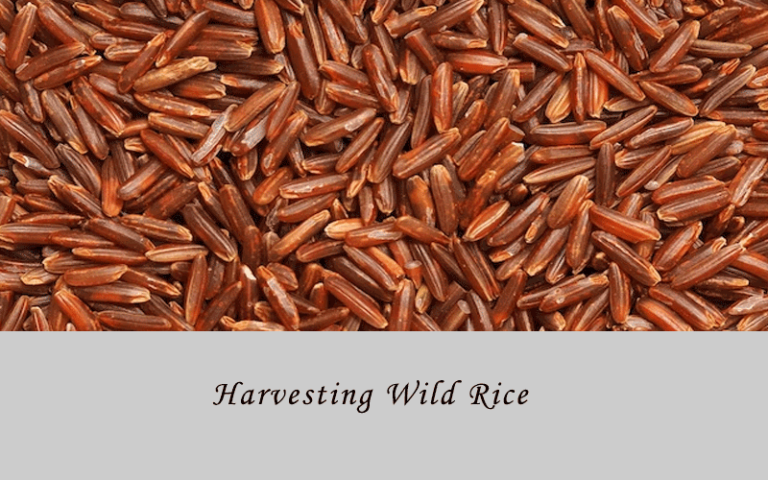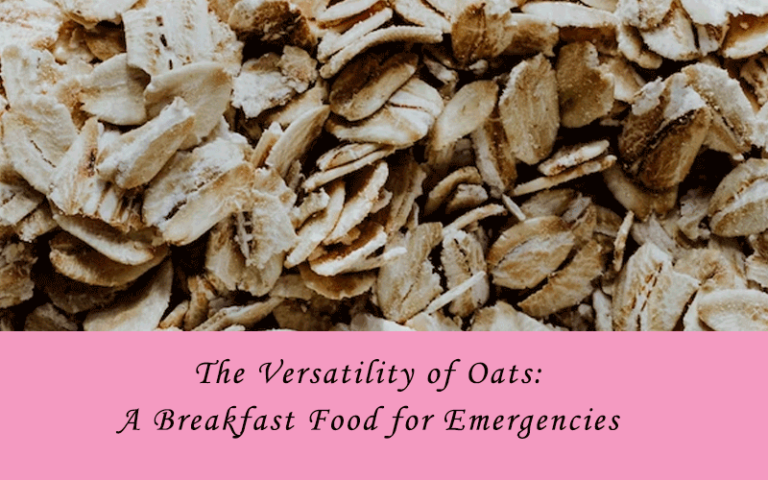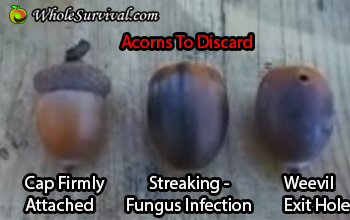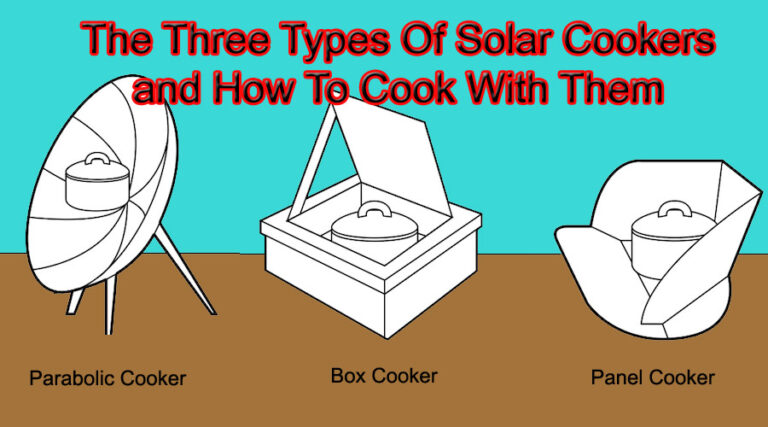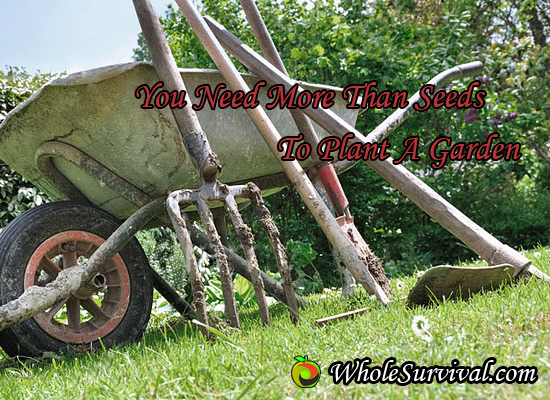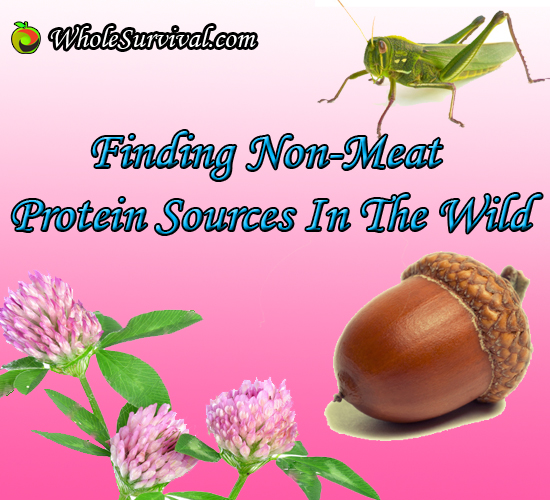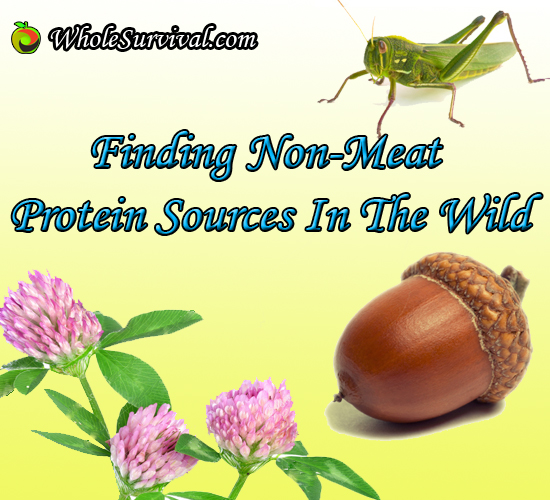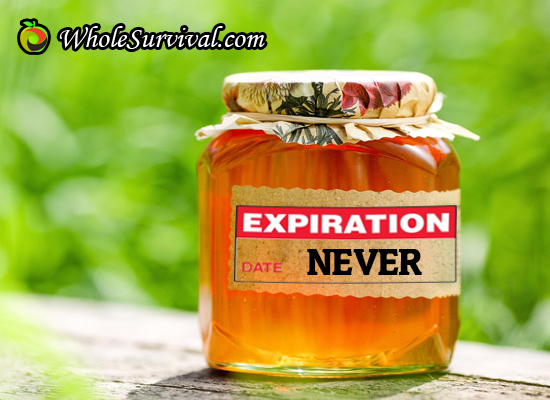Harvesting Wild Rice
Welcome to our article where we explore the fascinating world of wild rice harvesting. In this video transcript, we join Arthur Haynes, an expert in wild rice cultivation, as he takes us through the process of harvesting northern wild rice in Maine. Discover the significance of this grain in Arthur’s diet, learn about the techniques…

